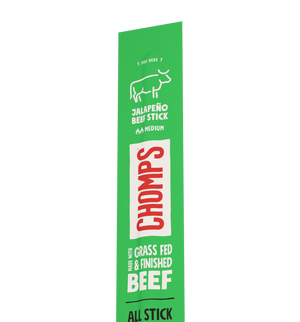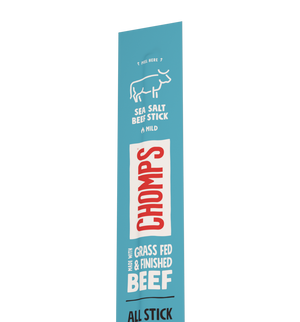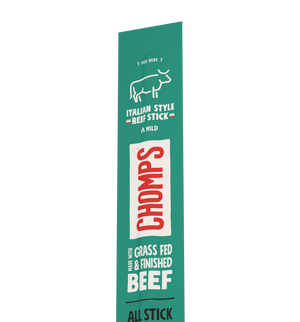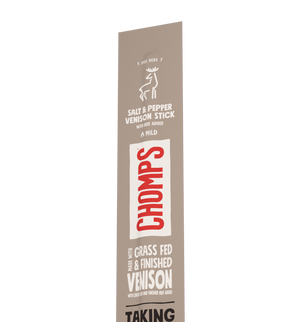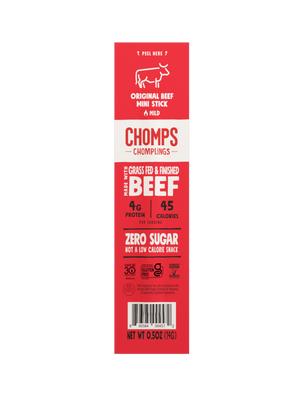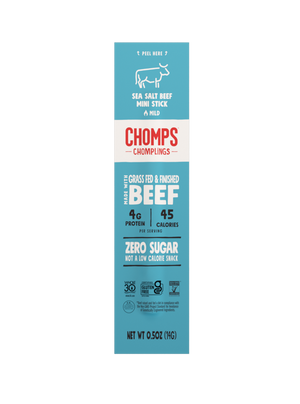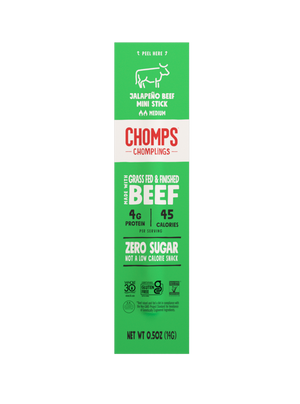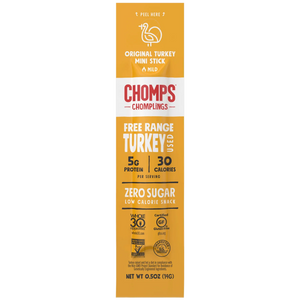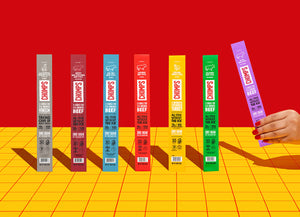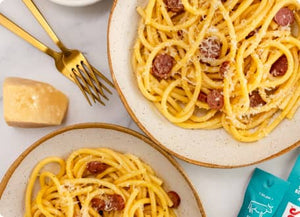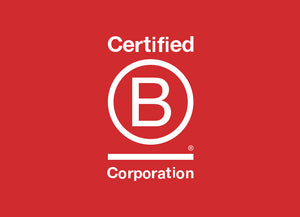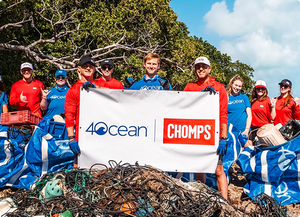Table salt, chemically known as sodium chloride, has an unfavorable reputation in the nutrition world. Research shows that too much sodium may impact the health of some people. As a result, experts generally recommend that we keep our sodium intake fairly low.
The truth is, we do need some sodium for basic body functions. In this article, we’ll answer some common questions including how our bodies use sodium, how much is recommended, and what a low-sodium meal plan might look like.
Sodium Regulation in the Body
Sodium is an important electrolyte that helps regulate body fluids, blood volume, and blood pressure. Sodium is also needed to make our muscles, including our heart muscle, contract. However, it doesn’t take much salt in our diets to make the magic happen.
It’s estimated that adults need less than 1,500 mg of sodium in their diet to do this each day. On average, Americans eat over 3,400 mg daily, which is a lot more than what’s needed.
When we eat too much salt, our kidneys try to help regulate sodium in our bodies, sending excess out through urine. Sometimes kidneys can’t keep up with filtering extra sodium, which throws off fluid balance. Sodium concentrations in the blood become too high, and water is drawn out of tissues into the blood. This adds volume and pressure to blood vessels.
In addition to being a strain on the kidneys, scientists think that too much sodium is a major contributor to chronic high blood pressure and hardened arteries. These factors can lead to a higher risk for having a heart attack or stroke.
How Much Sodium is in a Low Sodium Diet?
The 2020-2025 Dietary Guidelines for Americans recommend consuming no more than 2,300 mg of sodium daily, or the equivalent of one teaspoon of table salt. The recommendation may be as low as 1,500 mg for those with high blood pressure, or hypertension.
Most of the excess sodium we eat does not come from our own salt shakers or home cooking. It comes from eating in restaurants too often (especially fast food), and from processed foods like boxed or frozen dinners. Even things that seem healthy like canned vegetables, soups, and beans can be surprisingly high in sodium.
How to Balance a Low Sodium Diet
Reducing sodium in your diet may not be as hard as you think. Following these simple tips can make a big difference in lowering sodium intake.
- Eat more fresh produce, which is naturally low in sodium. Make it a daily habit to choose juicy fruit or chopped veggies for snacks, and green salads for side dishes.
- Foods high in potassium can help counter the effects of sodium. Spinach, avocados, potatoes, tomatoes, dried apricots, bananas, and salmon are some good examples.
- Go lighter on high-sodium dips, sauces, and dressings. Shop for low sodium options to keep in your pantry.
- Read and compare labels at the grocery store. Avoid buying foods that have more than 20% of the recommended daily allowance of sodium in one serving.
- If you get a salty snack craving, consider smaller servings sizes like Chomplings, which only have 5% of the daily value of sodium.
- Consider eating at home more often or switch to restaurants that cook from scratch and will cater to your low-sodium standards.
- Spice things up! Cook with salt-free herbs like parsley, fruits like citrus, and vegetables like onions and garlic to improve flavors and aromas in healthier ways.
- Low salt doesn’t mean no salt. It’s okay to include occasional salty snacks with your low salt snacks, especially when your selection offers valuable nutrients. For example, Chomps jerky sticks are a good source of protein and provide iron, potassium, and calcium.
If you’ve become accustomed to eating very salty foods, be patient with yourself. It may take a little time for your tastebuds to adjust, but following dietary guidelines for sodium is a great way to take care of your body.
For delicious and healthy ways to use our meat sticks on a sodium-conscious diet, visit our Chomps recipes page.
Low Sodium 7 Day Meal Plan
A low sodium diet doesn’t have to be bland and flavorless. The key is cooking from scratch whenever possible, using a variety of aromatic herbs and spices without relying on added salt. Try low sodium options with processed food ingredients, and when a recipe calls for salt, consider using less in your version. Finally, remember to include high potassium foods to balance foods with sodium. Here’s a seven-day meal plan including snacks with low sodium to help get you started.
Monday:
- Breakfast: Veggie egg and cheese scramble with spinach, potatoes, mushrooms, onions, and garlic
- Lunch: Tuna salad sandwich with tomatoes and Romaine lettuce
- Snack: Chomps Turkey Stick with dried apricots
- Dinner: Honey-mustard chicken with steamed green beans and brown rice
Tuesday:
- Breakfast: Old fashioned rolled oats cooked in milk with blueberries and walnut halves
- Lunch: Chomps Spring Pea Pasta Salad
- Snack: Pears with cheese slices
- Dinner: Lemon and parsley seasoned salmon with baked potato and roasted broccoli
Wednesday:
- Breakfast: Mexican omelet with sautéed peppers and onions, topped with low-sodium salsa
- Snack: Chomps Nut-Free Trail Mix
- Lunch: Mediterranean bowl with greens, hummus, Greek yogurt, tomatoes, and cucumbers
- Dinner: Whole wheat pasta smothered in sauteed onions, mushrooms, cherry tomatoes, and spinach
Thursday:
- Breakfast: Mixed fruit with Greek yogurt and granola
- Snack: Hummus and chopped red peppers
- Lunch: Chicken tortilla wrap with spinach, red onions and low-sodium ranch dressing
- Dinner: Blood Orange and Beet Salad
Friday:
- Breakfast: Overnight oats made with milk or nut beverage, with chopped peaches and chia seeds
- Snack: Low-salt whole wheat crackers with cheese and cherry tomato slices
- Lunch: Spinach salad with chicken, strawberries, walnuts, and strawberry vinaigrette
- Dinner: Chomps sheet pan nachos
Saturday:
- Breakfast: Nut butter and banana smoothie made with milk or soy beverage
- Lunch: Kale Salad with Squash and Brussels Sprouts
- Snack: Plain Greek yogurt with chopped apples and pumpkin seeds
- Dinner: Honey lemon salmon burger on whole wheat with lettuce and red onion
Sunday:
- Breakfast: Avocado whole-wheat toast with diced tomatoes, topped with a poached egg
- Lunch: Chomps Healthy Papaya Salad
- Snack: Cottage cheese with pineapple chunks
- Dinner: Stir-fried shrimp in low-sodium sauce with broccoli, onions, red peppers, and snow peas, and served over brown rice
Looking for more delicious recipes with lower sodium to help you balance sodium in your diet? Check out the Chomps Blog to learn more about low-salt snack options.


